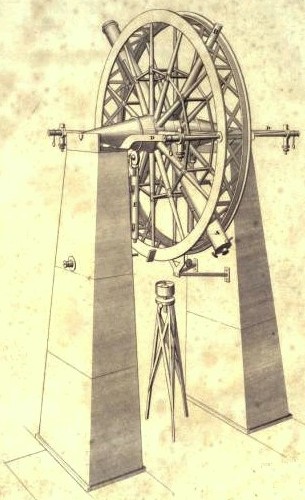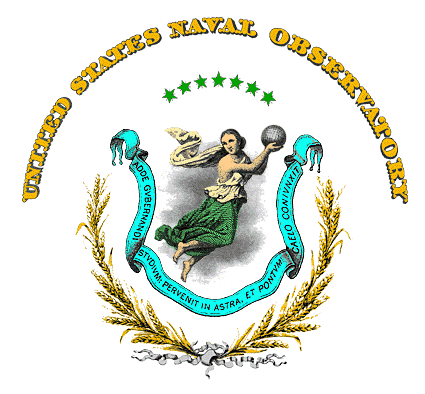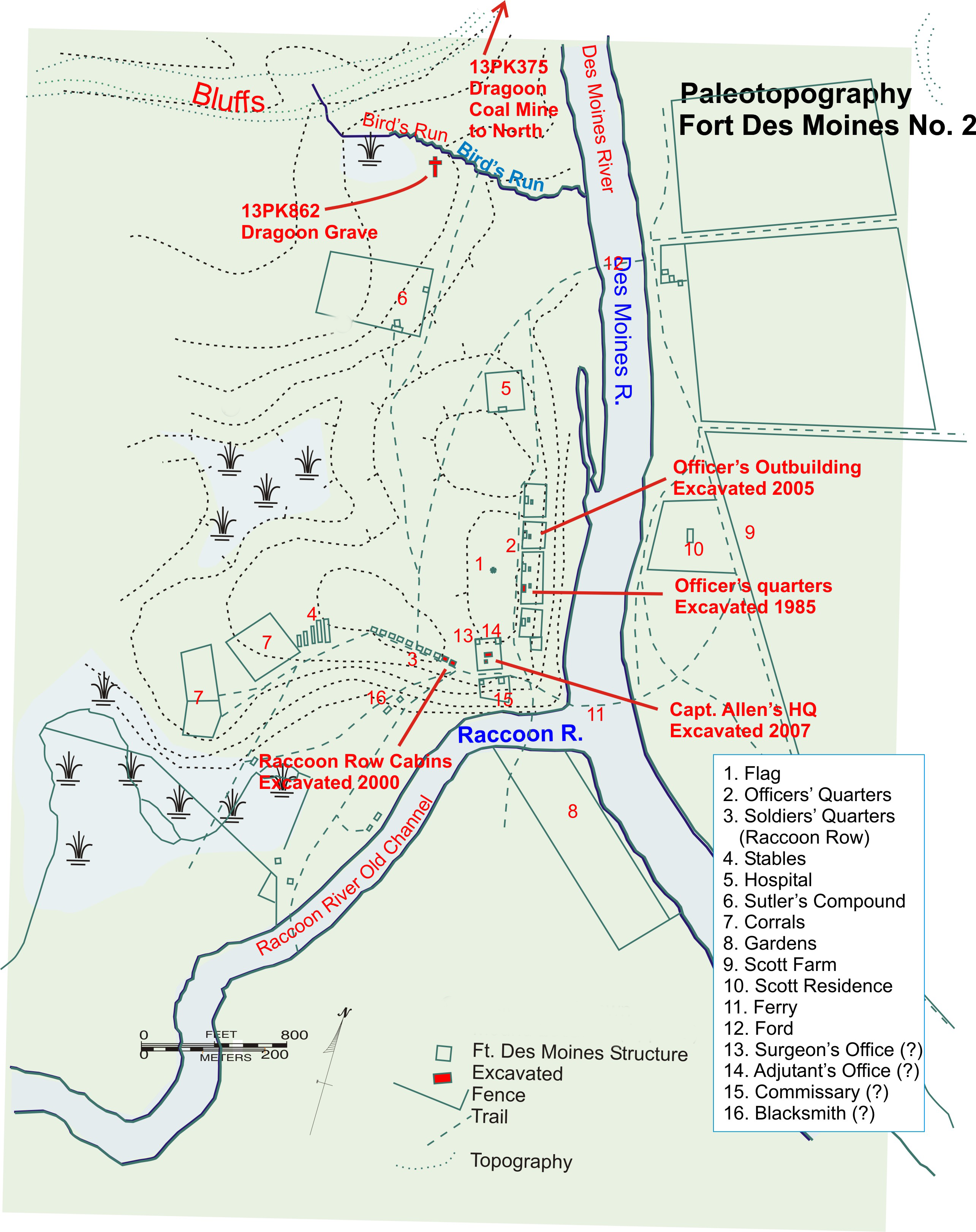|
Ormond Stone
Ormond Stone (January 11, 1847 – January 17, 1933), was an American astronomer, mathematician and educator. He was the director of Cincinnati Observatory and subsequently the first director of the McCormick Observatory at the University of Virginia, where he trained a significant number of scientists. He served as the editor of the ''Annals of Mathematics'' and towards the end of his life made donations which led to the founding of the Fairfax Public Library System. Early years Stone was born in Pekin, Illinois, to Methodist minister Elijah and Sophia Louise (Creighton) Stone. While attending Chicago High School, he met Truman Henry Safford, an astronomer at the recently completed Dearborn Observatory. Stone became his pupil, quickly beginning his lifelong interest in astronomy. In 1866, Stone enrolled at the Old University of Chicago, graduating with a degree of master's degree in 1870. Working his way through school, he served as an instructor in 1867–1868 at Racine C ... [...More Info...] [...Related Items...] OR: [Wikipedia] [Google] [Baidu] |
Pekin, Illinois
Pekin () is a city in and the county seat of Tazewell County in the U.S. state of Illinois. Located on the Illinois River, Pekin is the largest city of Tazewell County and the second most populous municipality of the Peoria metropolitan area, after Peoria itself. As of the 2010 census, its population is 34,094.United States Census Retrieved 18 June 2012 A small portion of the city limits extend into . It is the most populous municipality in the United States with the name Pekin. It is a suburb of Peoria and is part of the Peoria Metropolitan Statisti ... [...More Info...] [...Related Items...] OR: [Wikipedia] [Google] [Baidu] |
Dearborn Observatory
The Dearborn Observatory is an astronomical observatory located on the Evanston, Illinois, Evanston campus of Northwestern University. The observatory was originally constructed in 1888, through an agreement between the university and the Chicago Astronomical Society. In the summer of 1939, Dearborn Observatory had to be moved to make way for the construction of the Technological Institute. The 1888 observatory is the second Dearborn Observatory, the first had been erected on the Old University of Chicago campus. The observatory is home the Dearborn 18 1/2 inch refractor, which was the largest telescope in the United States in the late 1860s. Due to the complicated history, it was operated from a different site at that time, and the original tube and mounting is at the Adler Planetarium since 1929. The 18 1/2 was used to discover Sirius, Sirius B, a companion to the brightest star in the night sky. The 18 1/2 was the largest telescope in the Americas for many years until the U.S. ... [...More Info...] [...Related Items...] OR: [Wikipedia] [Google] [Baidu] |
Alvan Clark
Alvan Clark (March 8, 1804 – August 19, 1887), born in Ashfield, Massachusetts, the descendant of a Cape Cod whaling family of English ancestry, was an American astronomer and telescope maker. Biography He started as a portrait painter and engraver (c.1830s-1850s), and at the age of 40 became involved in telescope making. Using glass blanks made by Chance Brothers of Birmingham and Feil-Mantois of Paris, his firm '' Alvan Clark & Sons'' ground lenses for refracting telescopes. Their lenses included the largest in the world at the time: the at Dearborn Observatory at the Old University of Chicago (the lens was originally intended for Ole Miss), the two telescopes at the United States Naval Observatory and McCormick Observatory, the at Pulkovo Observatory (destroyed in the Siege of Leningrad; only the lens survives), the telescope at Lick Observatory (still third-largest) and later the at Yerkes Observatory, which remains the largest successful refracting telescope in the wor ... [...More Info...] [...Related Items...] OR: [Wikipedia] [Google] [Baidu] |
William Harkness
William Harkness (December 17, 1837 – February 28, 1903) was an astronomer. He was born at Ecclefechan, Scotland, a son of James (1803–78) and Jane (née Wield) Harkness. His father was a pastor and moved the family to the United States. Harkness served in the military, traveled extensively, and headed research missions developing techniques and equipment for astronomical study. Harkness died in Jersey City on February 28, 1903, at the age of 65. Biography Harkness was educated at Lafayette College (1854–56), graduated from the University of Rochester (1858) where he was a brother of Delta Kappa Epsilon, and studied medicine in New York City. He served as a surgeon in the Union Army, Union armies during part of the American Civil War. From 1862 to 1865 he was an "aid in astronomy" at the United States Naval Observatory and then, after service on the monitor (warship), monitor (1865–66), was employed in the U.S. National Geodetic Survey, Hydrographic Office. During th ... [...More Info...] [...Related Items...] OR: [Wikipedia] [Google] [Baidu] |
Meridian Circle
The meridian circle is an instrument for timing of the passage of stars across the local meridian, an event known as a culmination, while at the same time measuring their angular distance from the nadir. These are special purpose telescopes mounted so as to allow pointing only in the meridian, the great circle through the north point of the horizon, the north celestial pole, the zenith, the south point of the horizon, the south celestial pole, and the nadir. Meridian telescopes rely on the rotation of the sky to bring objects into their field of view and are mounted on a fixed, horizontal, east–west axis. The similar transit instrument, transit circle, or transit telescope is likewise mounted on a horizontal axis, but the axis need not be fixed in the east–west direction. For instance, a surveyor's theodolite can function as a transit instrument if its telescope is capable of a full revolution about the horizontal axis. Meridian circles are often called by these names, altho ... [...More Info...] [...Related Items...] OR: [Wikipedia] [Google] [Baidu] |
South Carolina
)''Animis opibusque parati'' ( for, , Latin, Prepared in mind and resources, links=no) , anthem = " Carolina";" South Carolina On My Mind" , Former = Province of South Carolina , seat = Columbia , LargestCity = Charleston , LargestMetro = Greenville (combined and metro) Columbia (urban) , BorderingStates = Georgia, North Carolina , OfficialLang = English , population_demonym = South Carolinian , Governor = , Lieutenant Governor = , Legislature = General Assembly , Upperhouse = Senate , Lowerhouse = House of Representatives , Judiciary = South Carolina Supreme Court , Senators = , Representative = 6 Republicans1 Democrat , postal_code = SC , TradAbbreviation = S.C. , area_rank = 40th , area_total_sq_mi = 32,020 , area_total_km2 = 82,932 , area_land_sq_mi = 30,109 , area_land_km2 = 77,982 , area_water_sq_mi = 1,911 , area_water_km2 = 4,949 , area_water_percent = 6 , population_rank = 23rd , population_as_of = 2022 , 2010Pop = 5282634 , population ... [...More Info...] [...Related Items...] OR: [Wikipedia] [Google] [Baidu] |
Colorado
Colorado (, other variants) is a state in the Mountain West subregion of the Western United States. It encompasses most of the Southern Rocky Mountains, as well as the northeastern portion of the Colorado Plateau and the western edge of the Great Plains. Colorado is the eighth most extensive and 21st most populous U.S. state. The 2020 United States census enumerated the population of Colorado at 5,773,714, an increase of 14.80% since the 2010 United States census. The region has been inhabited by Native Americans and their ancestors for at least 13,500 years and possibly much longer. The eastern edge of the Rocky Mountains was a major migration route for early peoples who spread throughout the Americas. "''Colorado''" is the Spanish adjective meaning "ruddy", the color of the Fountain Formation outcroppings found up and down the Front Range of the Rocky Mountains. The Territory of Colorado was organized on February 28, 1861, and on August 1, 1876, U.S. President Ulyss ... [...More Info...] [...Related Items...] OR: [Wikipedia] [Google] [Baidu] |
United States Naval Observatory
United States Naval Observatory (USNO) is a scientific and military facility that produces geopositioning, navigation and timekeeping data for the United States Navy and the United States Department of Defense. Established in 1830 as the Depot of Charts and Instruments, it is one of the oldest scientific agencies in the United States, and remains the country's leading authority for astronomical and timing data for all purposes. The observatory is located in Northwest Washington, D.C. at the northwestern end of Embassy Row. It is among the few pre-20th century astronomical observatories located in an urban area; initially located in Foggy Bottom near the city's center, it was relocated to its current location in 1893 to escape light pollution. The USNO has conducted significant scientific studies throughout its history, including measuring the speed of light, observing solar eclipses, and discovering the moons of Mars. Its achievements including providing data for the first ra ... [...More Info...] [...Related Items...] OR: [Wikipedia] [Google] [Baidu] |
Des Moines, Iowa
Des Moines () is the capital and the most populous city in the U.S. state of Iowa. It is also the county seat of Polk County. A small part of the city extends into Warren County. It was incorporated on September 22, 1851, as Fort Des Moines, which was shortened to "Des Moines" in 1857. It is located on, and named after, the Des Moines River, which likely was adapted from the early French name, ''Rivière des Moines,'' meaning "River of the Monks". The city's population was 214,133 as of the 2020 census. The six-county metropolitan area is ranked 83rd in terms of population in the United States with 699,292 residents according to the 2019 estimate by the United States Census Bureau, and is the largest metropolitan area fully located within the state. Des Moines is a major center of the US insurance industry and has a sizable financial services and publishing business base. The city was credited as the "number one spot for U.S. insurance companies" in a ''Business Wire'' articl ... [...More Info...] [...Related Items...] OR: [Wikipedia] [Google] [Baidu] |
Eclipse
An eclipse is an astronomical event that occurs when an astronomical object or spacecraft is temporarily obscured, by passing into the shadow of another body or by having another body pass between it and the viewer. This alignment of three celestial objects is known as a syzygy. Apart from syzygy, the term eclipse is also used when a spacecraft reaches a position where it can observe two celestial bodies so aligned. An eclipse is the result of either an occultation (completely hidden) or a transit (partially hidden). The term eclipse is most often used to describe either a solar eclipse, when the Moon's shadow crosses the Earth's surface, or a lunar eclipse, when the Moon moves into the Earth's shadow. However, it can also refer to such events beyond the Earth–Moon system: for example, a planet moving into the shadow cast by one of its moons, a moon passing into the shadow cast by its host planet, or a moon passing into the shadow of another moon. A binary star system can ... [...More Info...] [...Related Items...] OR: [Wikipedia] [Google] [Baidu] |
Evanston, Illinois
Evanston ( ) is a city, suburb of Chicago. Located in Cook County, Illinois, United States, it is situated on the North Shore along Lake Michigan. Evanston is north of Downtown Chicago, bordered by Chicago to the south, Skokie to the west, Wilmette to the north, and Lake Michigan to the east. Evanston had a population of 78,110 . Founded by Methodist business leaders in 1857, the city was incorporated in 1863. Evanston is home to Northwestern University, founded in 1851 before the city's incorporation, one of the world's leading research universities. Today known for its socially liberal politics and ethnically diverse population, Evanston was historically a dry city, until 1972. The city uses a council–manager system of government and is a Democratic stronghold. The city is heavily shaped by the influence of Chicago, externally, and Northwestern, internally. The city and the university share a historically complex long-standing relationship. History Prior to the 1830s, ... [...More Info...] [...Related Items...] OR: [Wikipedia] [Google] [Baidu] |
Northwestern University
Northwestern University is a private research university in Evanston, Illinois. Founded in 1851, Northwestern is the oldest chartered university in Illinois and is ranked among the most prestigious academic institutions in the world. Chartered by the Illinois General Assembly in 1851, Northwestern was established to serve the former Northwest Territory. The university was initially affiliated with the Methodist Episcopal Church but later became non-sectarian. By 1900, the university was the third largest university in the United States. In 1896, Northwestern became a founding member of the Big Ten Conference, and joined the Association of American Universities as an early member in 1917. The university is composed of eleven undergraduate, graduate, and professional schools, which include the Kellogg School of Management, the Pritzker School of Law, the Feinberg School of Medicine, the Weinberg College of Arts and Sciences, the Bienen School of Music, the McCormick ... [...More Info...] [...Related Items...] OR: [Wikipedia] [Google] [Baidu] |








